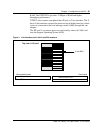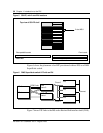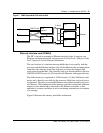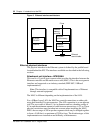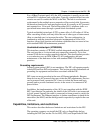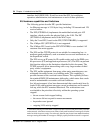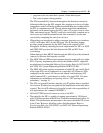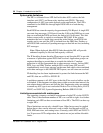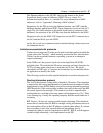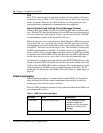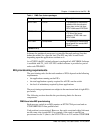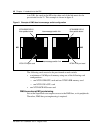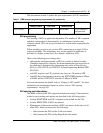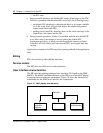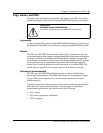
Chapter 1: Introduction to the EIU 37
DMS-100 Family EIU User Guide TELECOM12
The Ethernet address in the LIUINV table has the format of the Nortel
SuperNode family range of addresses: X000075Fxxxxx, where X is
hexadecimal notation and x is a variable. For more information on MAC
addresses, refer to “Appendix I: Obtaining a MAC address”.
Diagnostics for the EIU test only the Ethernet interface card (EIC) and the
Ethernet interface paddle board (EIP). These diagnostics do not test the AUI
cable. The AUI cable attaches to the paddle board and to a connector in the
bulkhead. An extension of the AUI then runs from the bulkhead to the MAU.
Diagnostics also test the MAU. EIU diagnostics test the EIU’s connectivity to
the AUI and the MAU up to the HUB.
Lastly, the record start command cannot be initiated during a telnet session on
the connected device.
Limitations associated with protocols
Trailers are not supported. Trailers are the field on the data packet in which the
system places the “headers”, which normally precede the data, after the data.
Trailers can be negotiated between cooperating systems in an attempt to
improve efficiency.
In the DMS-core, the protocol stack runs in the SuperNode IP (SNIP)
scheduler class. This includes the IP receive processes and timer functions for
TCP. In all other nodes, the protocol stack runs in CP class. The initial
allocation for SNIP class is 3 percent and an interface is provided that allows
an application to modify this value.
The following sections describe specific limitations associated with protocols.
Routing information protocol
The size of the dynamic routing table is limited to 436 entries. This limitation
is imposed by the current implementation of and the current number of buffer
management system (BMS) buffers reserved for routing information protocol
(RIP) broadcasts. If the routing table overflows the routes at the end of the RIP,
the system ignores the messages. This situation can lead to unpredictable
routing behavior, such that routes may appear and disappear every 30 s. There
is no warning log to notify the operating company that this errant behavior is
occurring.
RIP Version 1.0 does not support variable-length subnetting. This limitation
means that all subnets that use RIP to exchange routing information must use
the same number of bits in their IP address to identify their subnet. If a subnet
does not adhere to this rule, unpredictable and intermittent loss-of-
connectivity behavior may be experienced on the EIU. RIP-II, which supports
variable-length subnetting, is not implemented on the EIU.



